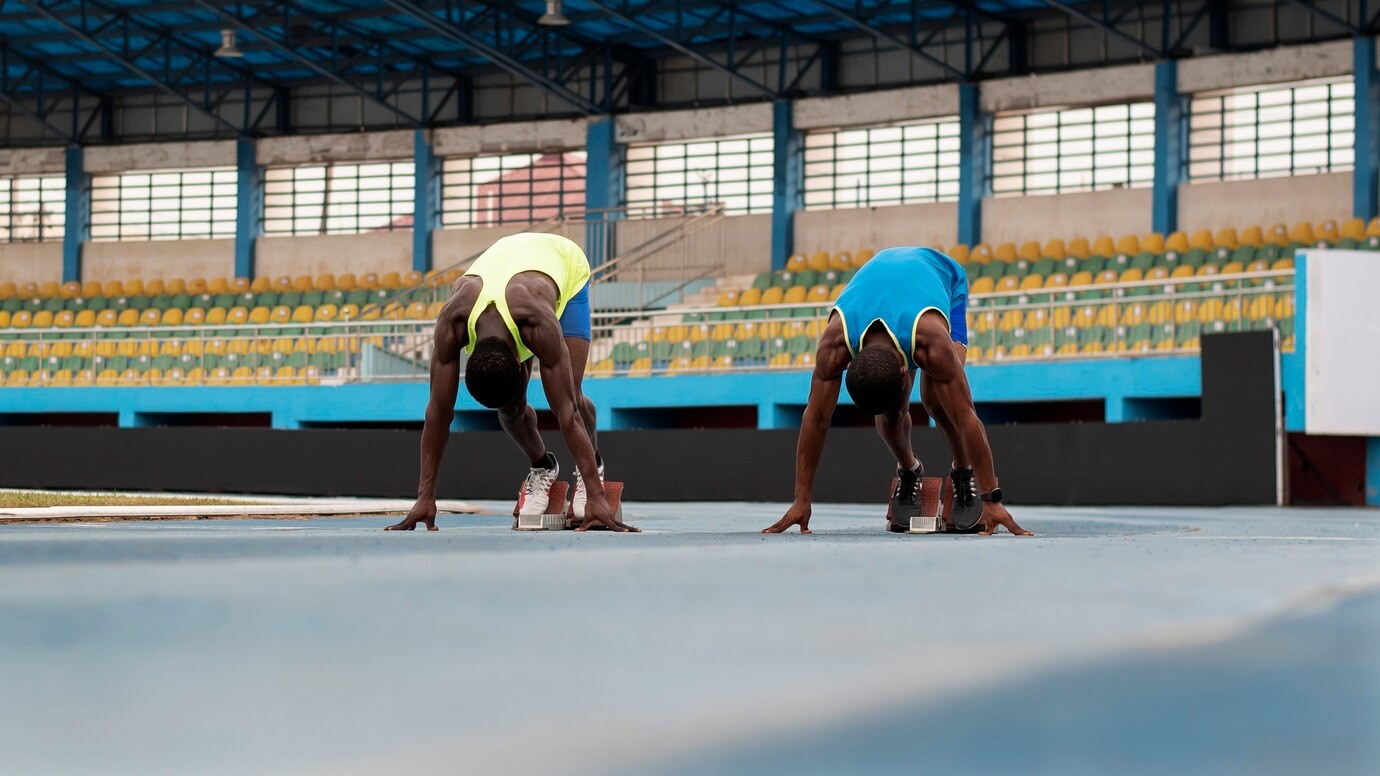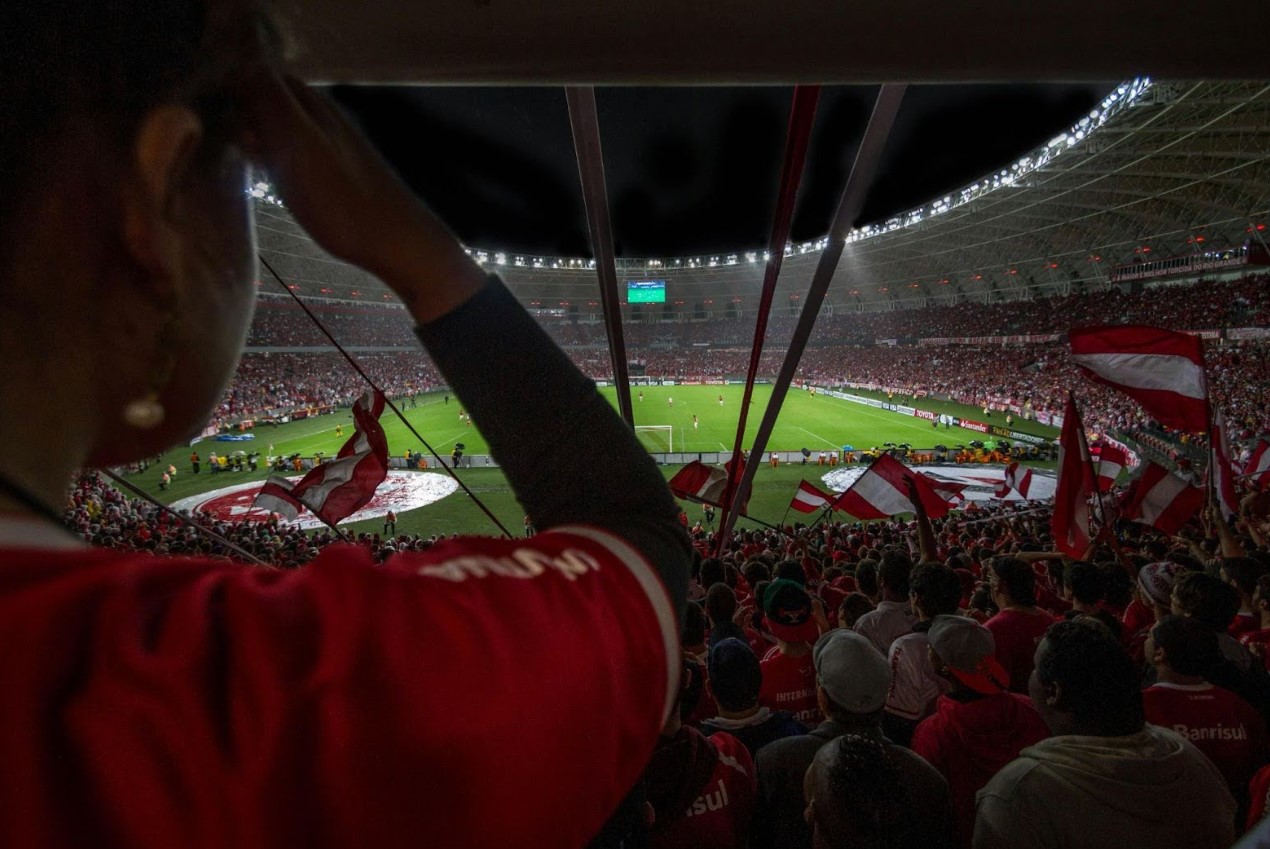How has Italian football influenced global tactics
Italy’s soccer has greatly affected tactics global

Italy’s soccer has greatly affected tactics globally, leading to tactical changes that affect how soccer is played and coached in different parts of the world. Known for its strategic depth, discipline, and focus on efficiency, Italian football has inspired teams from Europe to beyond, setting the standards for defensive organization, counter-attacking football, and midfield control. All these factors have an impact on today’s strategies, including those related to online betting with 1xBet and similar platforms, since supporters together with experts always think about Italy as a motherland of new tactical moves in football.
Catenaccio: A Revolution in Defensive Tactics
One of the most significant contributions from Italy to global football tactics is the development of the Catenaccio system.This defensive plan was first seen during the 1960s, and it gets its name from the Italian word for “bolt.” Catenaccio emphasizes a strong and well-structured defense with the use of one special player called “libero” or “sweeper”. Such an approach helps teams keep a compact defense, which in turn leads to more counter-attacking opportunities when the opposing team makes mistakes or shows some weaknesses that can be exploited.
The Catenaccio system marked a revolutionary shift in how teams approached defensive organization. Prior to its widespread use, teams often favored more aggressive, high-pressure defensive tactics. However, Catenaccio showed that a disciplined, defensive-first approach could not only neutralize opposition threats but also pave the way for clinical counter-attacks. This has greatly influenced defensive strategies worldwide, as clubs today often prioritize stability and structure at the back, with many employing sweeper roles and a more cautious approach to defending.
Counter-Attacking Football: A Key Italian Innovation
The emergence of counter-attacking football is another significant strategy that can be attributed to Italy. It was noted that the Italian teams could withstand great pressure and strike back with very fast and effective counter-attacks. The Italians had a way of taking advantage of their enemies through quick offensive strategies when they moved from being defensive. This style depends on being quick, accurate and taking any chances available; where players coordinate to make abrupt offensive moves after defending much pressure.
This counter-attacking style was particularly effective during Italy's success in international tournaments, inspiring other top footballing nations such as Germany, Spain, and England. The tactical concept has since been adopted and adapted by numerous clubs and national teams across Europe, as many now focus on creating a strong defensive unit that can quickly shift into attack when the opportunity arises. Italian counter-attacking principles have become integral to modern tactical planning, shifting the balance between defense and attack.
The Midfield Playmaker: Controlling the Game
Italian football is not only known for its strong defense and quick counter attacks but also for its influence in the middle of the field, particularly through the role of the playmaker. For example, players such as Andrea Pirlo represent the Italian way of regulating game speed through incredible passing abilities combined with unmatched vision and technical skills that allow for improvisation when necessary. Currently, this deep-lying playmaker position, responsible for setting up the game and making very precise passes all over the field, is one of the key elements in football tactics.
Italian managers have long understood the importance of midfield control, and their emphasis on skilled, tactical midfielders has influenced clubs worldwide. The rise of the deep-lying playmaker is a direct result of Italy’s footballing philosophy, with top European teams now regularly incorporating such players into their strategies to control matches and dictate the flow of play.







